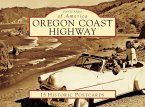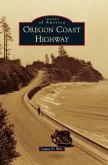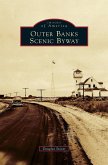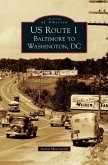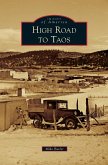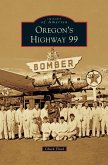The Road to Rainier Scenic Byway has grown from a Native American forest trail, hundreds of years old, to a modern forest highway carrying 1.5 million travelers a year. In 1833, a European tourist first reached a glacier, and soon others followed, seeking the wonders of Mount Rainier. In 1903, the railroad reached Eatonville; and national park visitors, who started as a few thousand, became tens of thousands. With a market for timber, hundreds rushed to claim the lands. Forestry and tourism both thrived off the rich natural resources, and as the region developed, purely commercial ventures were supplemented with educational outreach. Charles L. Pack Experimental Forest, established in 1926, conducts scientific research into forest management and sustainability. Historical interpretation has become a function of the Mount Rainier Scenic Railroad and Logging Museum. The Road to Rainier Scenic Byway continues to serve all as it heads to scenic Mount Rainier.
Hinweis: Dieser Artikel kann nur an eine deutsche Lieferadresse ausgeliefert werden.
Hinweis: Dieser Artikel kann nur an eine deutsche Lieferadresse ausgeliefert werden.


